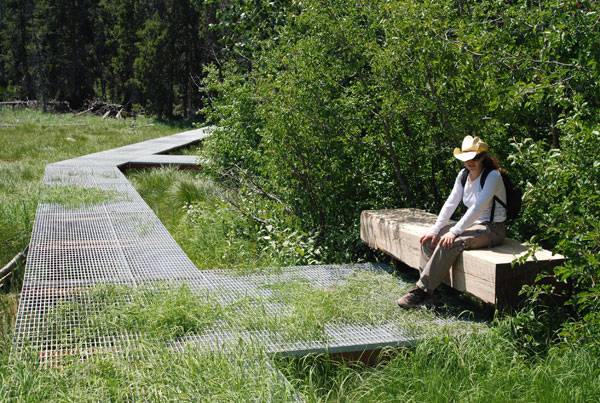The 8-Minute Rule for Landscape Design
Table of ContentsTop Guidelines Of Landscape DesignThings about Landscape DesignLandscape Design Can Be Fun For AnyoneLandscape Design - The Facts
When designing a residential landscape, one of the most vital action is to place a strategy on paper. Developing a master plan will conserve you money and time and is most likely to cause an effective layout. Landscape Design. A plan of attack is established with the 'design procedure': a step-by-step technique that takes into consideration the ecological conditions, your needs, and the components and principles of styleThe 5 actions of the design procedure consist of: 1) conducting a site supply and analysis, 2) determining your demands, 3) producing practical diagrams, 4) establishing theoretical design plans, and 5) drawing a last design plan. The initial 3 steps establish the visual, functional, and horticultural demands for the style. The last two steps after that apply those demands to the development of the last landscape plan.
This is an essential action for both plant choice and positioning and finding household activities and features. It is essential because the very same climate problems that influence the plantstemperature, humidity, rainfall, wind, and sunlightalso influence you, the user. The next action is to make a checklist of your needs and desiresthis helps you determine exactly how your lawn and landscape will be utilized.
The functional representation is after that utilized to locate the task spaces on the site and from this layout a theoretical strategy is developed - Landscape Design. The last step is a last style that includes all the hardscape and planting information that are necessary for setup. Throughout the style procedure there are ten vital points to consider: for plant option and task place by considering what you want and require to aid determine forms and organize rooms by marking task areas and linking with elements for both the environment and the individual by using massing and layering strategies such as change areas and focal points in the materials, the shades, and the surface area textures for the development and upkeep of plants by using lasting design practices A detailed supply and evaluation of the site is very important to establish the ecological conditions for plant growth and the most effective use of the site
Excitement About Landscape Design
It is constantly best to use plants that will grow in the existing soil. Where plants expand well, visit note the soil problems and make use of plants with comparable growing demands.

Sun/shade patterns, the amount and size of direct exposure to sunlight or color (Number 1), create microclimates (sometimes called microhabitats). Recording website problems and existing plants on a base map will certainly expose the area of microclimates in the backyard. Plants usually come under one or 2 of four microclimate categories-full sun, partial shade, color, and deep color.
Number 1. Sunlight and color find out here now patterns. Credit Score: Gail Hansen, UF/IFAS It is crucial to keep in mind all the status quo on a precise base map when doing the site supply (Number 2). Landscape Design. Utilities such as power lines, septic systems, underground utilities and roofing system overhangs determine plant area. Make use of a land surveyor's plat of your residential or commercial property for the boundaries and area of your home.
The Greatest Guide To Landscape Design
Identify the time and cash you are eager to put into preserving the plants and hardscape-be sensible about your intentions and capacity. Suggested use areas. Credit Report: Gail Hansen, UF/IFAS There are lots of various landscape layout themes- from straightforward to facility, yet it is helpful to choose one to lead your plant and material option.

Determine if you wish to open your yard, close your lawn, or a little of both, to these views. Simply put, do you want the yard to enclose the space around you and associate mostly to the home, or do you want the garden to open sights and look exterior, associating with the environments? This will certainly offer you a beginning factor to consider a theme.
The Landscape Design Ideas

Every yard must have a kind motif, yet not all gardens have a style theme. Many domestic yards have no particular design except to blend with the residence by duplicating information from the style such as products, color, and form.
In a type theme the company and form navigate to these guys of the areas in the yard is based either on the form of the house, the form of the areas between the residence and the residential property limits, or a favored form of the homeowner. The type theme determines the shape and organization (the format) of the areas and the web links between them.

Comments on “Some Known Details About Landscape Design”